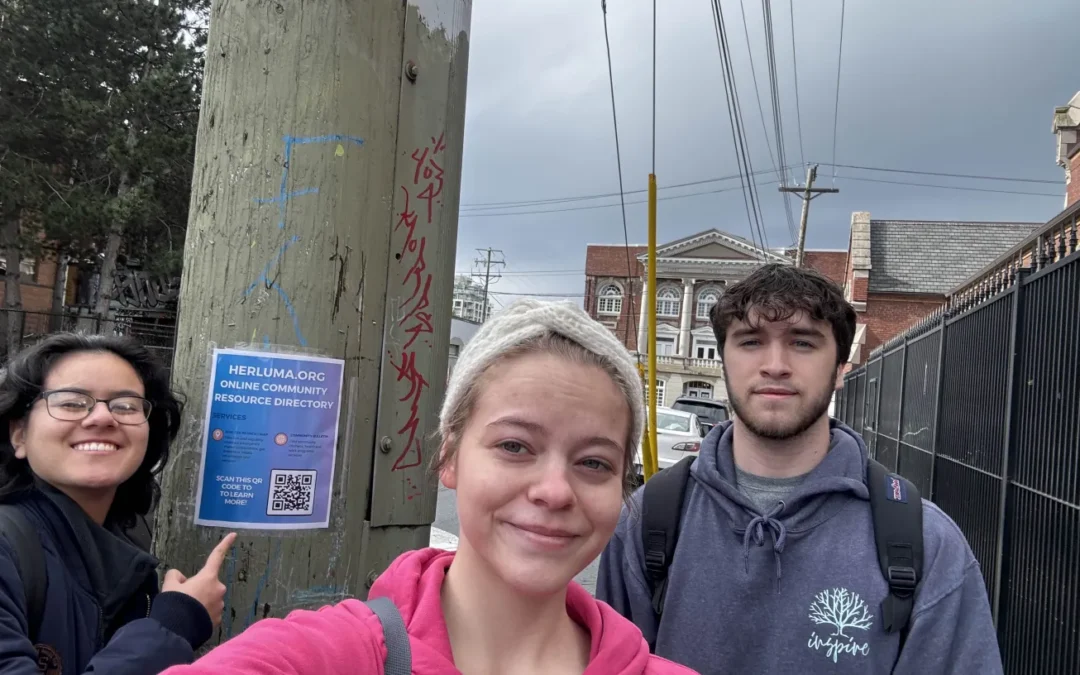Things did not go according to plan in this sprint. In order to begin soliciting and implementing feedback, we needed both shelters that we had met with in the last sprint, VNFC and Sandy Merriman, to trial the site in their shelters. And while VNFC has been using our website daily and providing regular, helpful feedback, Sandy Merriman’s continued concerns over privacy have inhibited our ability to validate that the success VNFC has seen with our website will translate to other shelters.
This was frustrating. It was difficult for us to understand what intimidated Sandy Merriman, and even more difficult to find ways to quickly convince them of the soundness, privacy-wise, of our platform. The pressure weighed down on us—our system’s value is directly related to the number of shelters using it, and here we were, a month from the end of the term, with only one shelter using our site. And we felt stuck. Sandy Merriman seemed unwilling to budge no matter how we reassured them, and, though we were confident that our product was valuable enough that other shelters would be willing to use it, managers at these shelters have continued to be elusive.
We should have been more proactive earlier, developing risk mitigation strategies rather than sputtering out of steam when things didn’t go as planned. Luckily for us, our ambassador, Parker, provided us with encouragement and fresh ideas for a new avenue to try and establish our website’s credibility. He suggested that we add a new user group: the public. The team was resistant at first; we were unsure about adding new, unvalidated features and we wanted to believe that other shelters would be quick to take on our website. But the reality was that we didn’t have enough time to wait around for shelters to do so, and so after some discussion we agreed that this was something we’d like to try. We changed our shelter search page so that it’s publicly viewable, added a community bulletin where service providers can post flash charity events they’re hosting, printed flyers and posted them downtown, and set up a meeting with Victoria’s downtown service providers to pitch our platform.
At the tail end of this sprint we were introduced to Blake Adam, founder of a company called Medimap, which displays wait times for clinics across Canada—a similar concept to ours that in its early days experienced similar struggles to ours. He understood our problems and gave us concrete, insightful suggestions on how to tackle them. In the next sprint, we’ll be going in person to shelters to advertise that VNFC is using our site, create an alternative for shelters that are skittish about privacy to still upload their data, look into robocalling the front desk to get their availability data, and work on making it easier for shelters to view our site and reach out to us if they’re interested.
This is the sprint where we have learned the most about the importance of marketing, of developing risk mitigation strategies, and of the invaluable power of mentorship. In the next sprint, we’re determined to take what we’ve learned and push for results.

